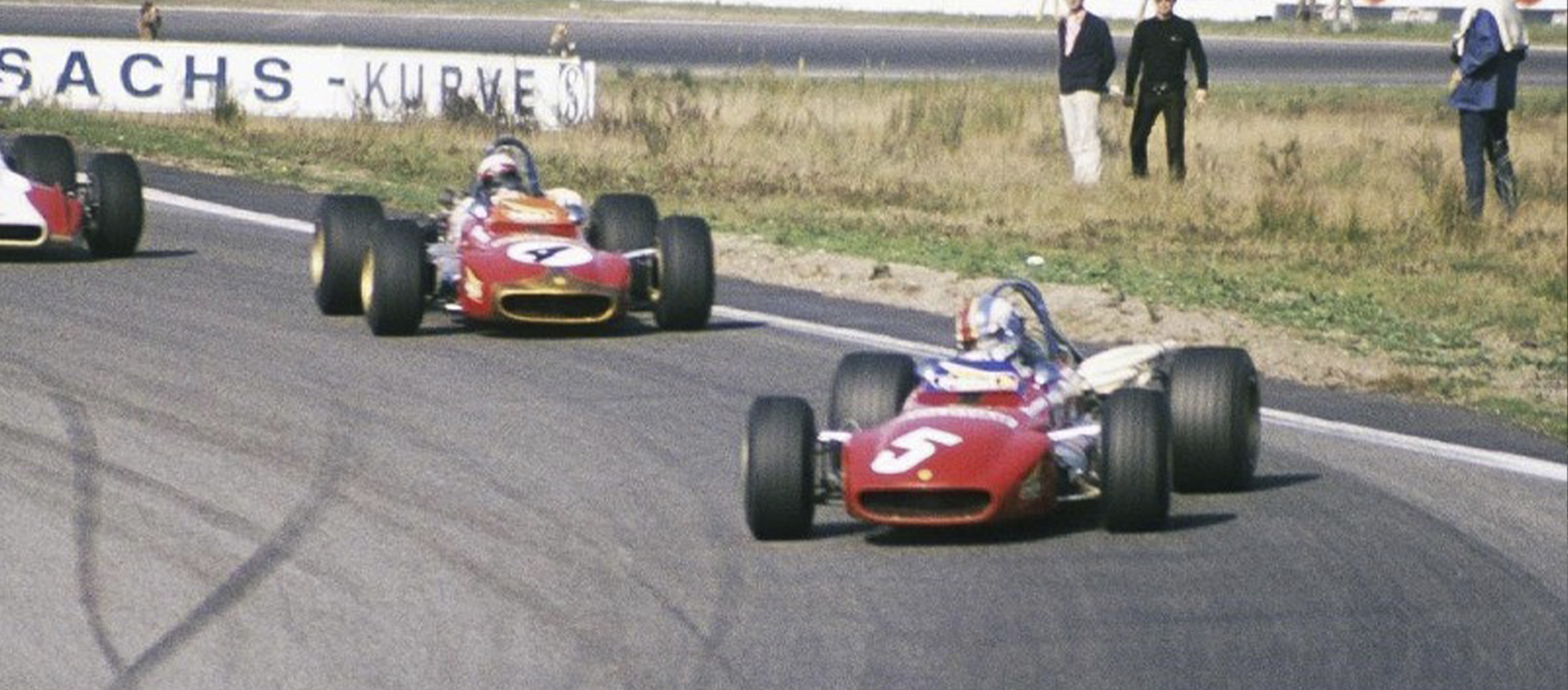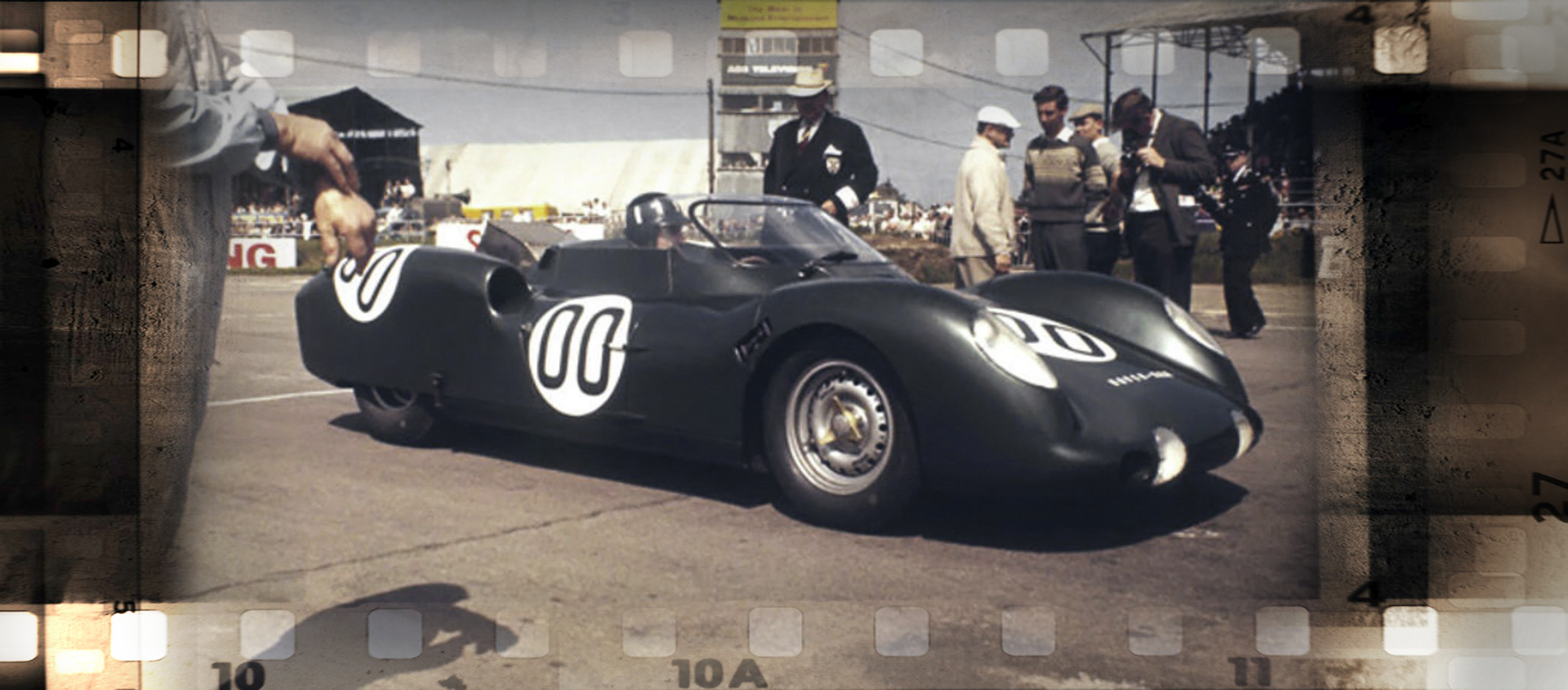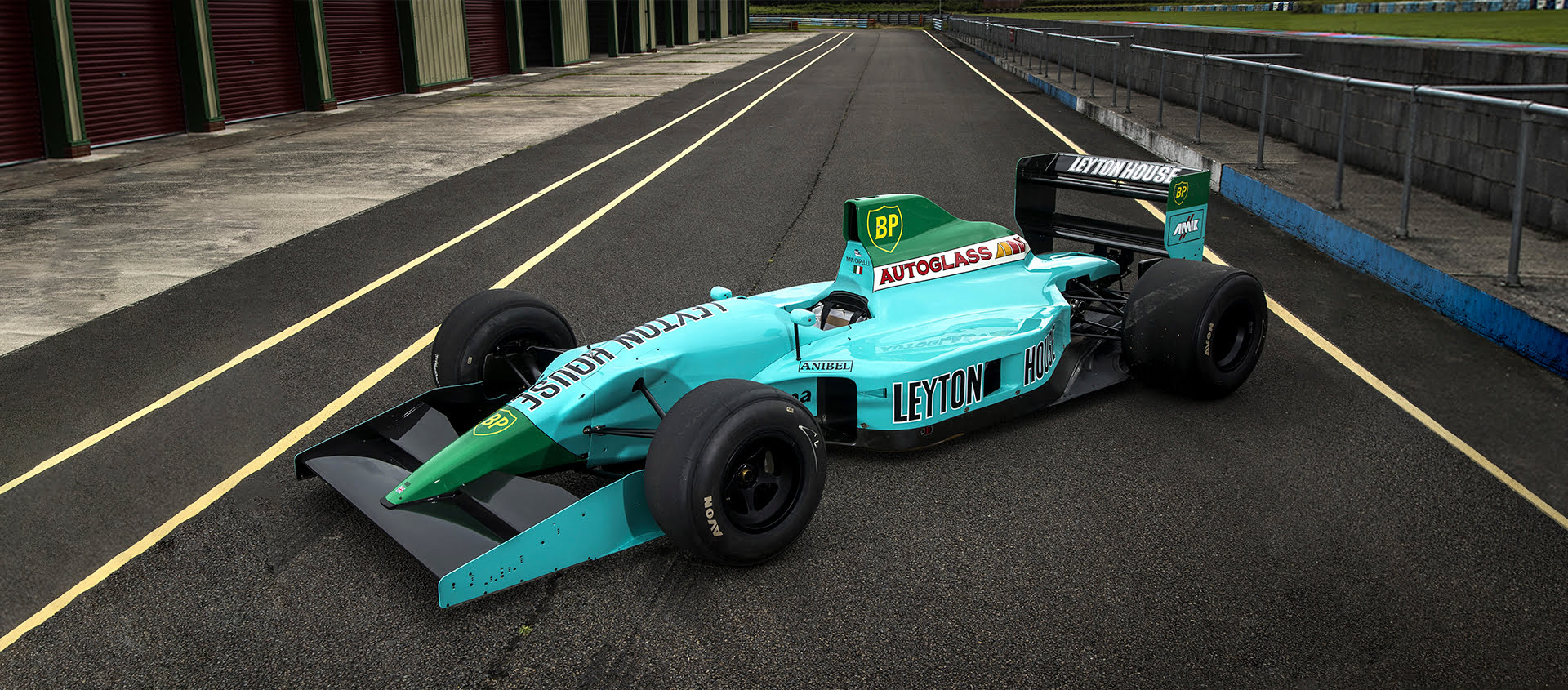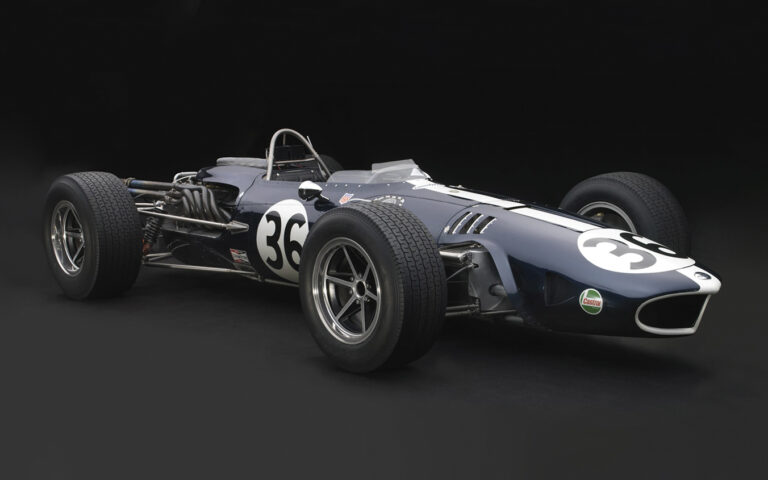Forgotten Legends Tecno
12 November 2022 3 min read 9 images

Passion and curiosity combined to write the highly successful chapters of the Italian brothers Gianfranco and Luciano Pederzani, whose story lasted just over 10 years and was crowned by Clay Regazzoni’s victory in the F2 European Championship.
Register to unlock this article
Signing up is free and gives you access to hundreds of articles and additional benefits. See what’s included in your free membership. See what's included in your free membership.
Already have an account? Log In


